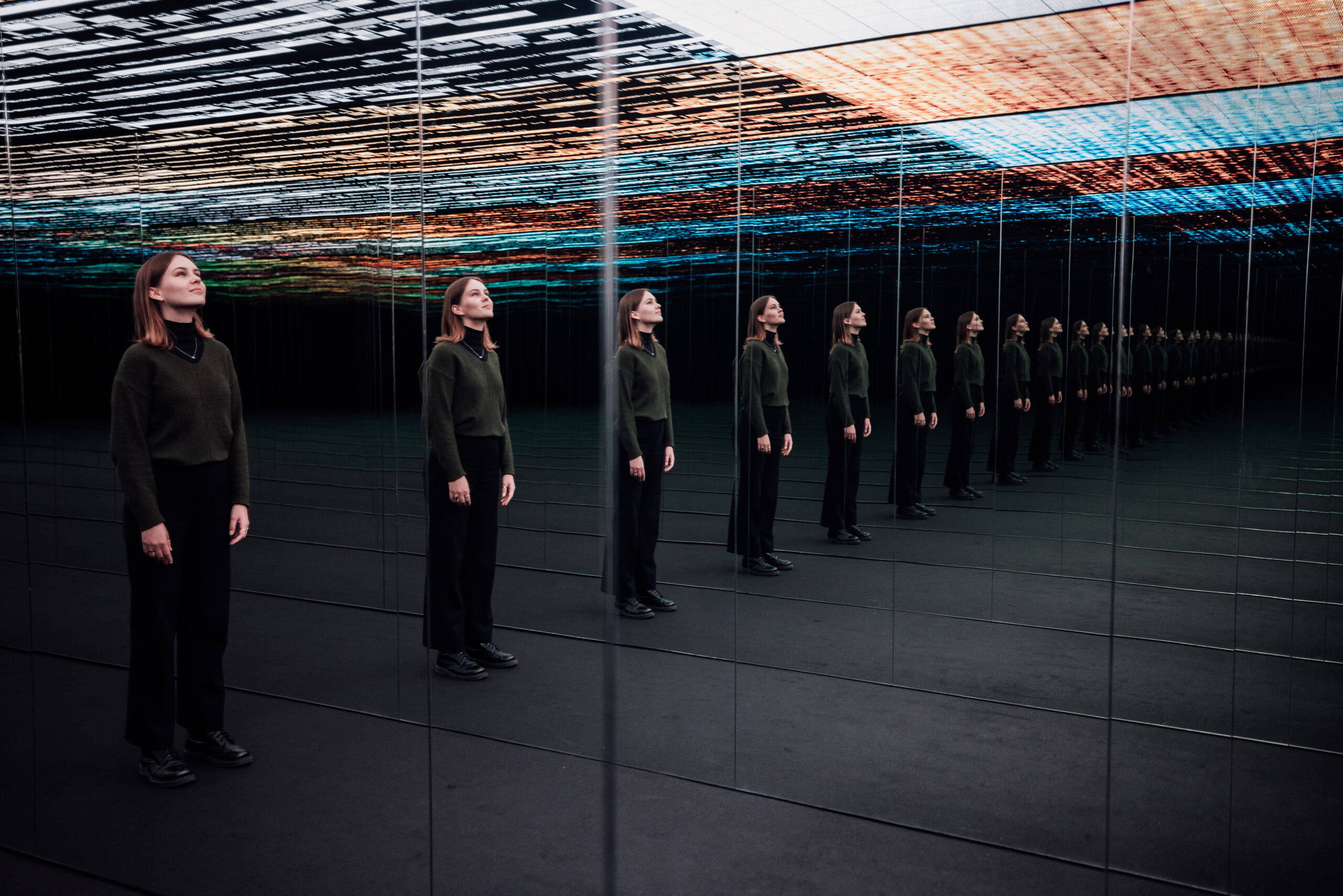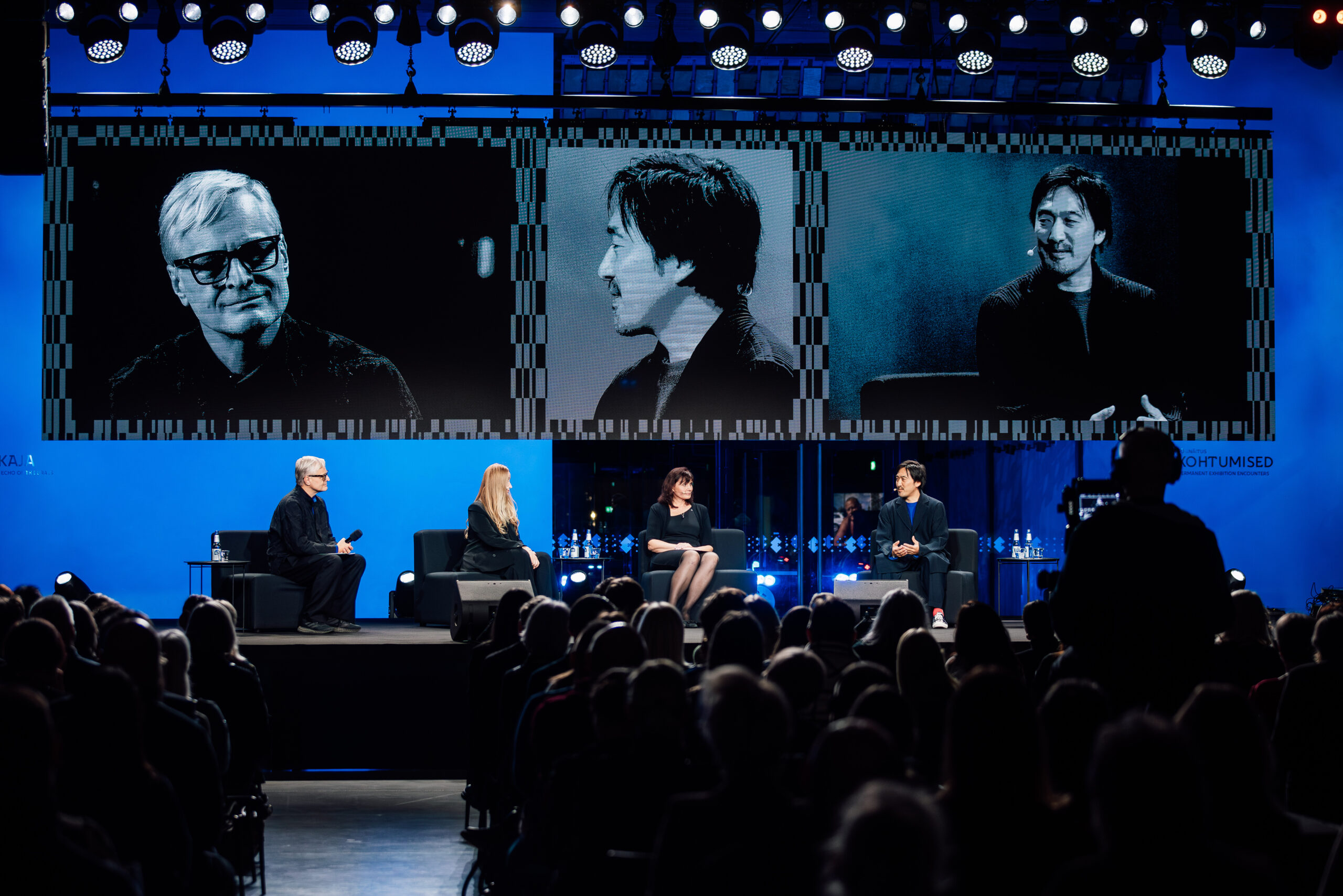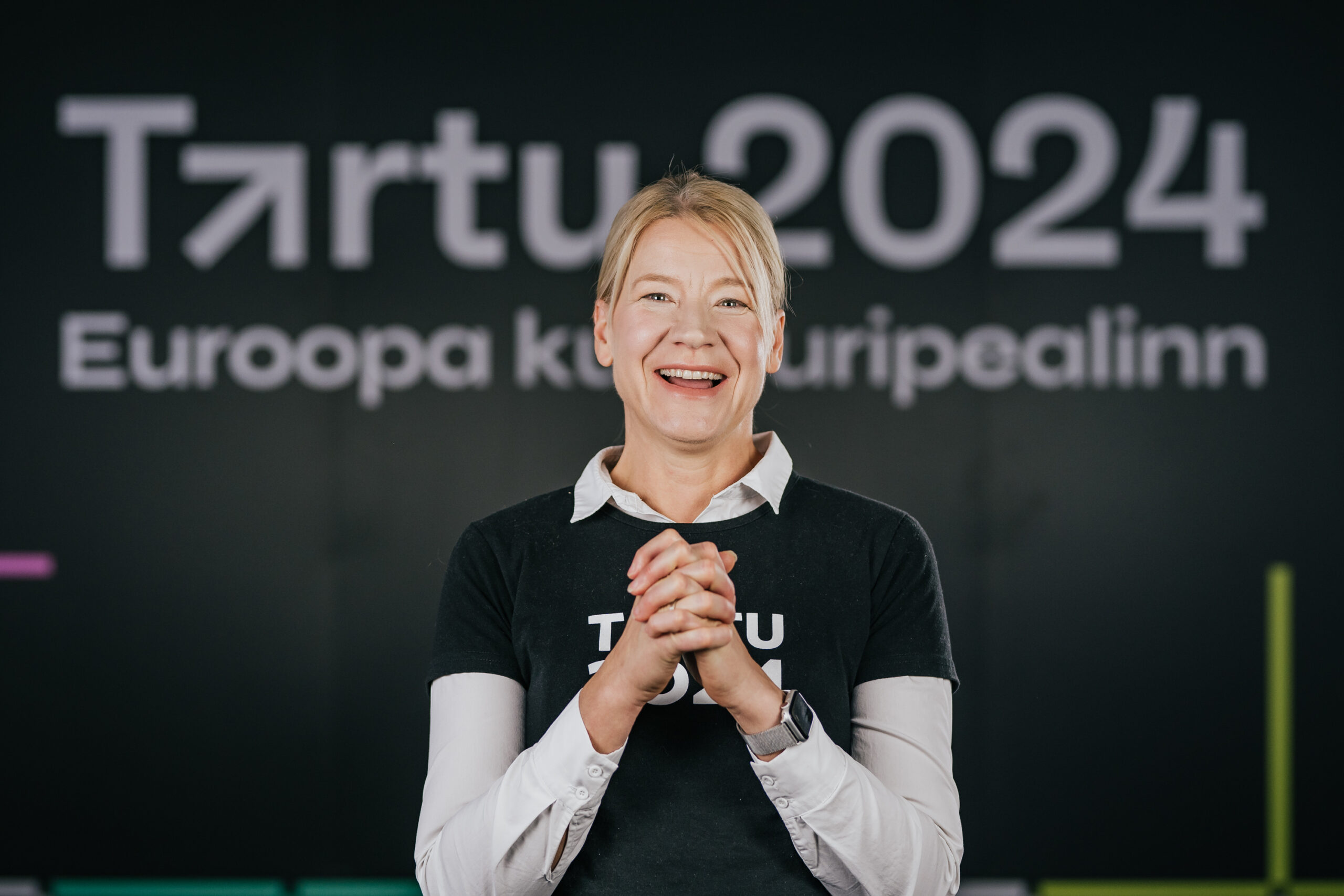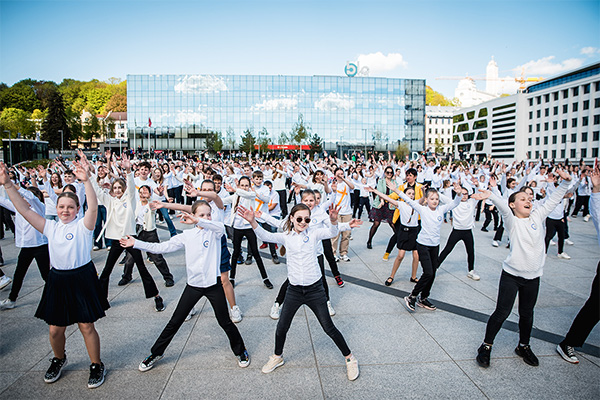Column
ColumnBridging Art, Science, and Culture: Ryoji Ikeda’s Transformative Exhibition in Tartu
The solo exhibition of world-renowned Japanese artist and composer Ryoji Ikeda at the Estonian National Museum (ENM) in Tartu has been a crowning achievement of the European Capital of Culture Tartu 2024 program. As organizers, we set out to create a transformative experience that would not only showcase world-class contemporary art but also forge meaningful connections between Japanese artistry and Estonian scientific and musical heritage. The exhibition, which opened on November 2, 2024, and will run until March 2, 2025, has exceeded our expectations in terms of impact, engagement, and cultural significance.

The exhibition features three major works that exemplify Ikeda’s unique ability to blend art, science, and technology:
- “The critical paths” (2024):
This new audiovisual installation, created in collaboration with researchers from the University of Tartu Institute of Genomics, uses DNA data from 100,000 Estonians to illustrate the evolutionary history of our species. Visitors walk through a 25-meter-wide corridor with LED screens on the ceiling displaying vast amounts of genomic data, while mirrors on the walls amplify the effect. This piece not only showcases Ikeda’s artistic vision but also highlights Estonia’s contributions to genomic research. - “Vox aeterna” (2024):
This sound installation, created specifically for this exhibition, marks Ikeda’s first work to utilize the human voice. Developed in collaboration with the Grammy Award-winning Estonian Philharmonic Chamber Choir (EPCC), it offers a completely new listening experience that bridges traditional Estonian vocal artistry with Ryoji Ikeda’s music. - “data-verse” (2019-2020):
This existing work by Ikeda transforms thousands of technical data points into a unique visual form, bringing together micro and macro scales to expand both the mind and the senses.
The success of this exhibition can be measured not just in visitor numbers, which are projected to reach 200,000 from Estonia and neighboring countries, but in the depth of engagement it has fostered. By bringing together Ikeda’s cutting-edge audiovisual techniques with data from the University of Tartu’s Institute of Genomics, we have created a unique dialogue between art and science that resonates with audiences of all backgrounds.
One of the most significant achievements of this project has been its ability to break down barriers between different cultural spheres. As Kuldar Leis, the head of Tartu 2024, noted, “I’ve noticed it with my own friends – some events really had that ‘wow’ factor for them. Take the Ryoji Ikeda exhibition, for example. At first, they thought it was some kind of highbrow culture that wasn’t for them, but when they actually went, they realized it was something universal, resonating with people of all ages and backgrounds”.
The exhibition has also strengthened cultural cooperation between Estonia and Japan, offering an original perspective and international resonance for Estonian science and choral music. This aligns perfectly with the Tartu 2024 artistic concept of “Arts of Survival,” which explores the skills, knowledge, and values that help us lead fulfilling lives now and in the future.

A particularly noteworthy aspect of this exhibition was Ikeda’s unprecedented level of engagement with the public and media. Known for his reluctance to give interviews, Ikeda made an exception for Estonian Television, participating in a unique interview with journalist Neeme Raud. This rare insight into the artist’s process and philosophy has added another layer of depth to the exhibition experience.
The collaborative nature of this project has been one of its greatest strengths. The partnership with the Estonian National Museum in providing excellent exhibition space and professionalism, and Estonian Philharmonic Chamber Choir for “Vox aeterna” has created a truly unique sound experience, combining data-driven electronic notation structures with invigorating and spiritual choral music. Similarly, the collaboration with the University of Tartu’s Institute of Genomics for “The critical paths” has not only produced a visually stunning installation but has also highlighted the importance of Estonia’s scientific achievements on a global stage.
As organizers, we are particularly proud of how this exhibition embodies the European Capital of Culture’s mission to foster international cultural exchange and showcase the intersection of art, science, and technology. Ikeda’s work challenges perceptions and engages audiences on both intellectual and emotional levels, creating a liminal perceptual experience that stays with visitors long after they leave the museum.
Looking ahead, we believe this exhibition has set a new standard for cultural events in Estonia and reinforced Tartu’s position as a hub for innovative, world-class artistic experiences. The collaboration between Ikeda, Tartu 2024, Estonian National Museum, the University of Tartu, and the Estonian Philharmonic Chamber Choir has opened up new possibilities for future projects that bridge art, science, and music.
In conclusion, Ryoji Ikeda’s solo exhibition stands as a testament to the power of art to transcend boundaries, engage communities, and inspire new ways of perceiving our world. It has not only enriched Tartu’s cultural landscape but also strengthened the cultural ties between Estonia and Japan, leaving a lasting impact on all who have experienced it. As Ikeda himself stated, “My work makes up only 50 percent; the other 50 percent is created by the audience – art is a dialogue between me and the viewer, allowing them to experience something personal and unique”. This exhibition has truly embodied that philosophy, creating a space for personal reflection and collective wonder that will resonate long after the European Capital of Culture year has ended.








